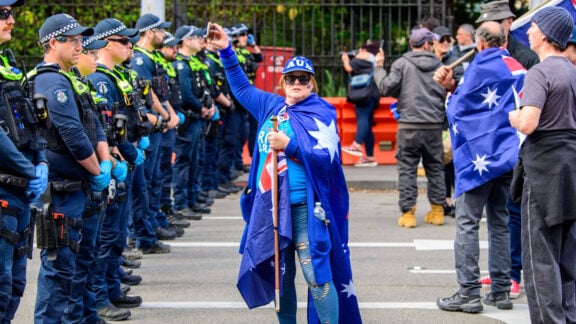The 2012 AFL salary cap stands at $8.78m per team with the exception of new franchises, the Gold Coast at $9.53m and Greater Western Sydney $9.78m. Concessions are available for veteran players over the age of 30 or those who have played 10 seasons with one club and rookie listed players who’s salaries are discounted by up to 50 per cent on the salary cap.
In contrast, American NFL teams which play 16 to18 games of gridiron in a season, are allowed a salary cap of $120.6m per team which is approximately 14 times higher than any AFL team, or Portuguese soccer player Christiano Ronaldo, who from match payments, goal bonuses and endorsements receives approximately $155m per year which is the sum total of all the AFL teams’ salary caps combined ($149m).
The AFL’s current salary cap level is clearly inadequate. In our unique brand of game, players are exposed to numerous physical injury threatening contests match after match and for their effort receive financial pittance compared to international soccer and American gridiron players.
It is time for everyone associated with Aussie rules to realise that the League’s salary cap system introduced in 1985 is past its prime and the cap limit with associated concessions need to be at the very least reviewed if not immediately doubled. The reality is that the AFL has become a billion dollar TV game and any assistance in raising the salary cap should be derived from TV broadcast rights rather than club box-office receipts, which may impact the integrity and affordability of admission prices.
The English Premier League recently licenced it’s forthcoming season of British TV broadcast rights for 3 Billion pounds, in addition to receiving 1.5 Billion pounds for international TV rights. Considering the popularity of our game, the AFL should be able to raise $1Billion per year from Australia’s free-to-air and pay TV concerns. As clubs struggle to accommodate players’ pay requests, the AFL should be investigating ways to protect the clubs’ optimum team structures, not forcing sides to release star players because they cannot fit them into the existing salary cap -This situation should not be allowed to transpire without looking at alternatives to alleviate the salary cap burden.
In the US where teams are permitted to spend extra money on their star players, a luxury tax is enforced. For example, if a particular club chose to exceed the capped limit in order to retain a valuable player, then the AFL could impose an ‘over-limit tax’ that would see the club pay a surcharge to the League for the privilege. Then, at season’s end, the total surcharge collected from the affluent teams would be evenly distributed amongst the underperforming sides.
Another alternative is to comprehensively exclude the current ‘veterans’, 10 year service and rookie player payments from the salary-cap and/or create a new ‘franchise player’ exclusion which will see one highly paid (and published) player’s salary from every club, excluded from the cap. While the public disclosure system will provide transparency, it will also improve player performance, or raise question of their value to the team and the satisfaction of their club’s supporters.
In conclusion no matter what transpires, AFL players who play in the toughest most demanding football game in the world, deserve much better remuneration than what they are receiving presently.
Advertisement
AFL players underpaid
The 2012 AFL salary cap stands at $8.78m per team with the exception of new franchises, the Gold Coast at $9.53m and Greater Western Sydney $9.78m








